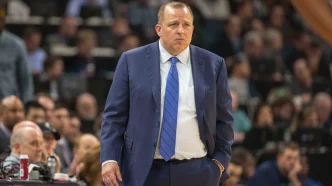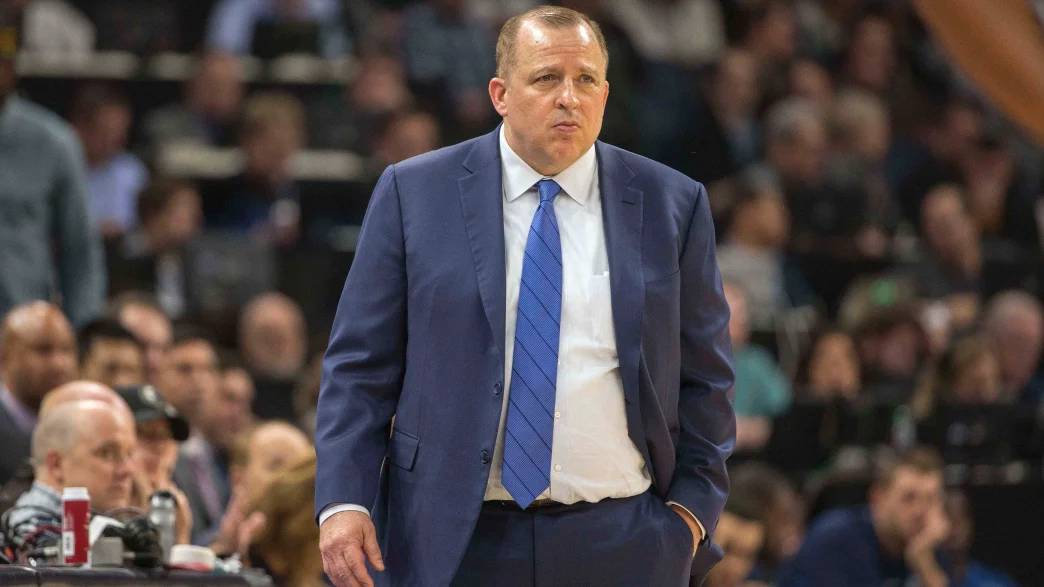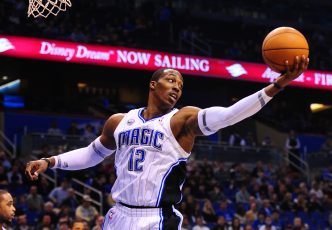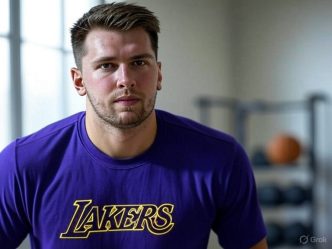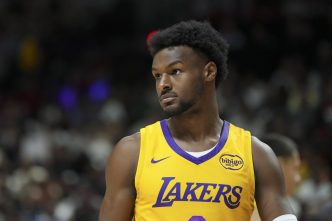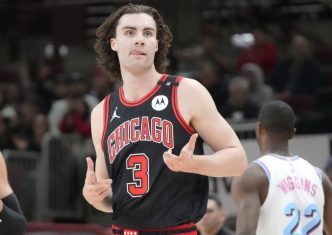Expectations in the NBA can shift faster than a fast break, and the New York Knicks are finding out just how fluid those expectations can be. When Tom Thibodeau took the helm of the Knicks in 2020, he inherited a franchise that had spent two decades meandering through mediocrity. Back then, simply achieving a modicum of competence felt like a distant dream. As he stepped into his first major coaching role since 2011, Thibodeau became the only coach in history to win Coach of the Year without landing a top-three seed, highlighting just how low the bar was set at Madison Square Garden.
Fast forward to this postseason, and it seemed the Knicks were turning the corner. Overcoming multiple 20-point second-half deficits on the road in the playoffs, they managed to create some serious buzz. They were seemingly built to take down the Boston Celtics, and after a dramatic series, they did just that, surprising many along the way. Beating Boston and advancing to the conference finals in the process felt like an achievement beyond what any realistic Knicks fan had hoped for.
Yet, the exhilaration of advancing came with its own set of expectations. The Knicks took out a formidable 64-win Cleveland Cavaliers team, giving them home-court advantage in the conference finals. The Oklahoma City Thunder, a championship favorite, had just slogged through a grueling seven-game series against the Denver Nuggets. A path to the Finals had opened wide for the Knicks, but instead of capitalizing, they stumbled. Just six games after their jubilant triumph over Boston, the Knicks faced the stark reality of elimination with a 125-108 loss to the Indiana Pacers. As the Pacers celebrated their ticket to the Finals, the Knicks must now navigate a summer filled with complexities that could shape their future.
In recent rosters, the Knicks have invested heavily in talent—acquiring marquee players like Mikal Bridges and Karl-Anthony Towns alongside All-NBA talents. However, Thibodeau’s strategies have often left fans scratching their heads, as he seemed unable to leverage this wealth of talent effectively.
The Knicks leaned heavily on their starters through the regular season, relying on a core of Bridges, Towns, Jalen Brunson, Josh Hart, and OG Anunoby for an astounding 940 minutes. That’s a staggering commitment to a five-man unit, especially when few other lineups in the league saw half that amount of time on the court together. Unfortunately, issues began to bubble to the surface in the playoffs, culminating in a complete collapse during critical moments.
Thibodeau’s tendency to stick with his starting lineup, even when the games were slipping away, felt more like desperation than strategy. Many successful coaches use the regular season as a period for experimentation, trying various lineups to prepare for playoff adjustments. However, Thibodeau’s rigid adherence to his starters became a liability. Changes came only after back-to-back home losses in the conference finals, a move that felt as if it were made out of sheer necessity rather than foresight.
Identifying a clear playing style should have been a priority, but Thibodeau never completely addressed the Knicks’ defensive identity—which suffered with the loss of players like Isaiah Hartenstein. The trade for Towns was intended to usher in a new era as a ball-moving offense, yet the Knicks never quite made that transformation. Teams began to exploit their pick-and-roll sets by matching bigger centers on Josh Hart, limiting scoring options and bogging down the offense.
One glaring strategy could have been inserting Miles McBride into the starting lineup to boost shooting and increase defensive pressure, but that lineup saw a paltry 82 regular-season possessions and 16 in the playoffs. When looking for solutions, it became evident that the Knicks had to rely on a singular approach, often revolving around Brunson’s individual talent. While he performed admirably during clutch situations, it was clear that a heavy dependence on one player isn’t a viable long-term strategy.
The Knicks found themselves ranking 28th in 3-point attempts and 23rd in free-throw rates, a testament to their struggle to create quality scoring opportunities. Efficient offensive movement seemed absent, leading to a reliance on offensive rebounding. Yet with Hartenstein sidelined and Robinson frequently injured, they struggled to regain their edge in that department. Despite finishing fifth in offense during the regular season, playoff performance revealed deep vulnerabilities.
The combination of Brunson’s elite skills and Towns’ struggles on defense created challenges that limited their success. Thibodeau, a coach known for his defensive acumen, failed to implement a cohesive strategy that capitalized on his players’ strengths during key moments of the series. The Pacers seized control of the matchup, effortlessly dictating the pace and style of play they preferred.
While placing blame entirely on Thibodeau isn’t warranted—given the complexities surrounding player performance—the Knicks will have to contemplate their direction moving forward. The chemistry between Brunson and Towns never fully clicked, and the coaching staff must evaluate how they can optimize the roster for success.
So where do the Knicks go from here? This past season wasn’t a one-off; they possess a talented roster that could remain intact for years. While they face the challenge of navigating salary caps, their core players are still young. Rebelling against the conventional wisdom of quick fixes might serve them well in the long run. After all, many teams who achieved greatness have stumbled before figuring it out.
However, the question remains whether Thibodeau is the right man to guide a team with evolving expectations. After leading the Knicks out of the wreckage, will he be the one to take them the final distance? The organization must weigh its options carefully; while firing a coach seems like an easy solution, identifying a suitable successor poses its own set of challenges.
In a league where burnout and turnover are increasingly common, teams are learning that patience can sometimes pay off. Yet, as the Knicks chart their path this offseason, balancing long-term vision with immediate action is critical. The scars of an unfulfilled opportunity can linger, but so can hope, if backed by a thoughtful approach to change. After all, the essence of the NBA is not just about reaching the playoffs, but understanding how to turn fleeting chances into enduring success.

